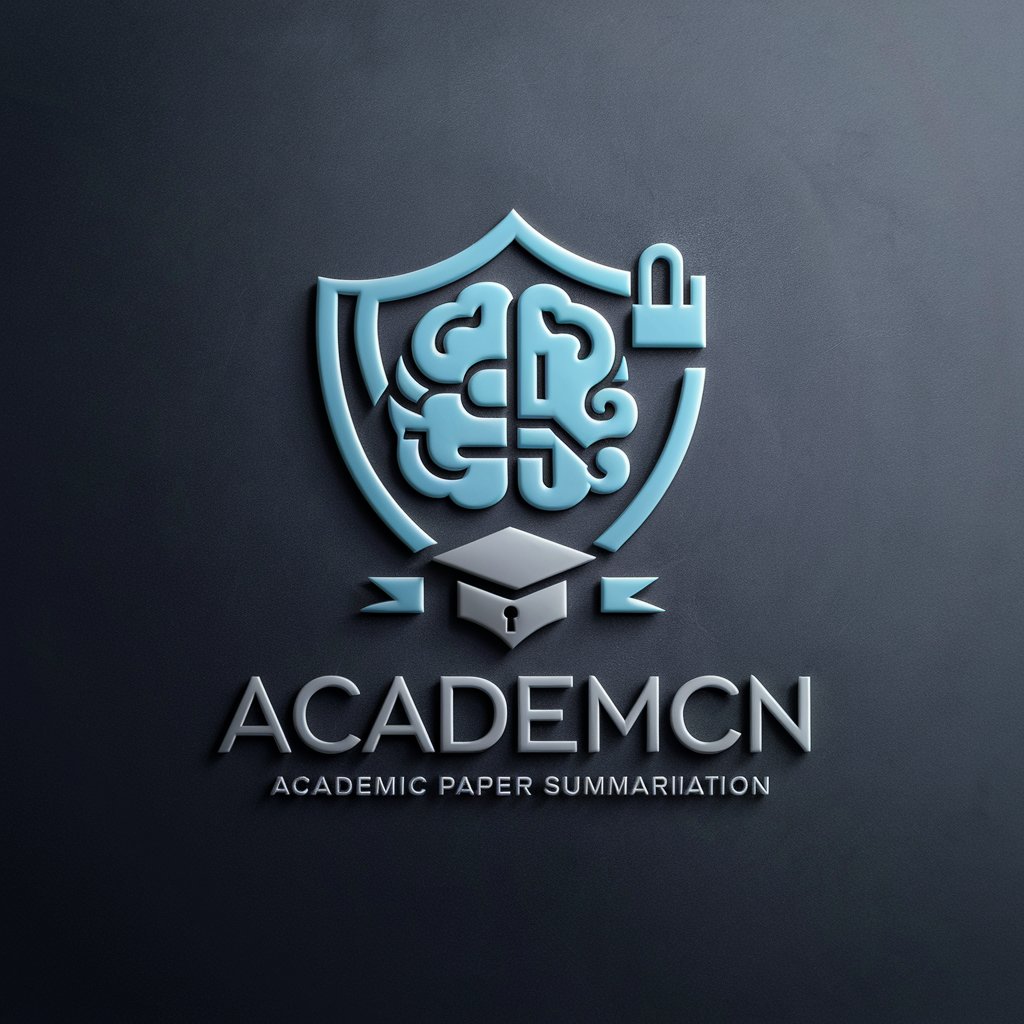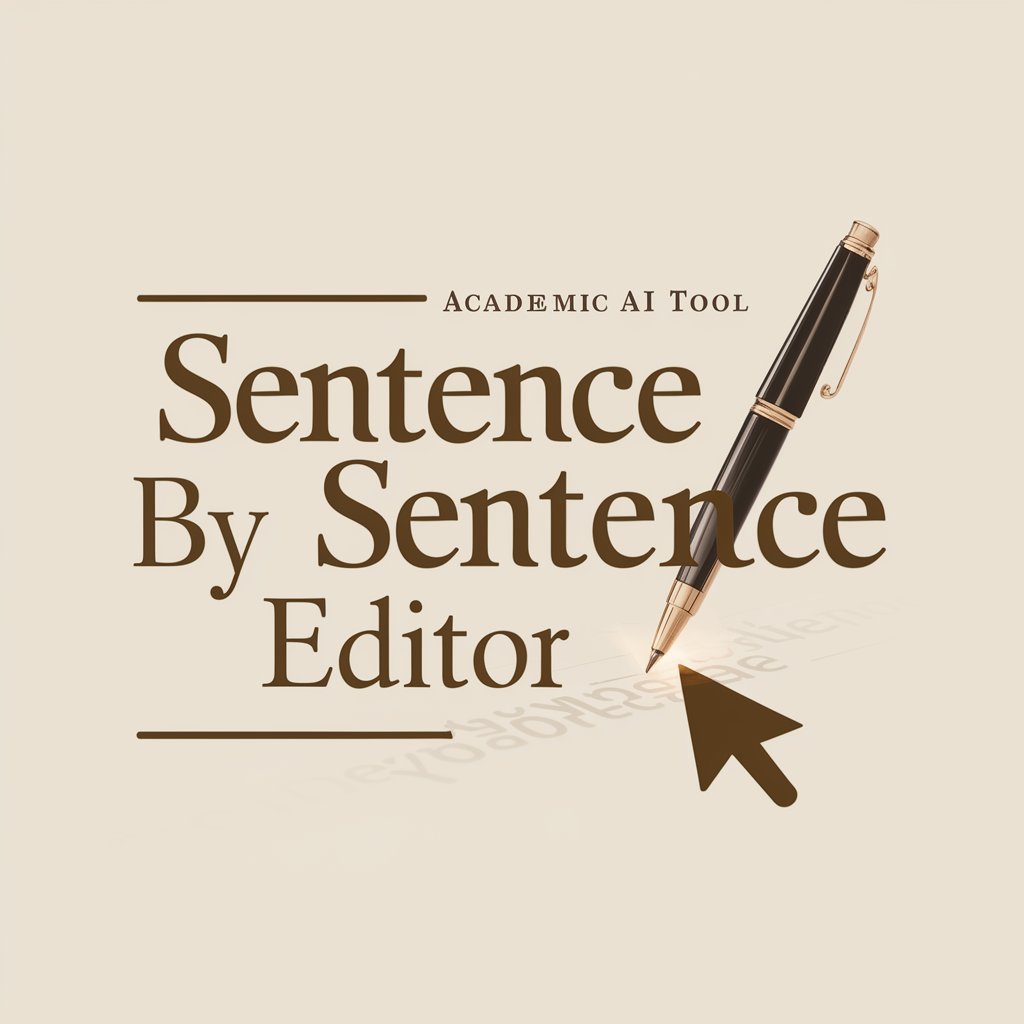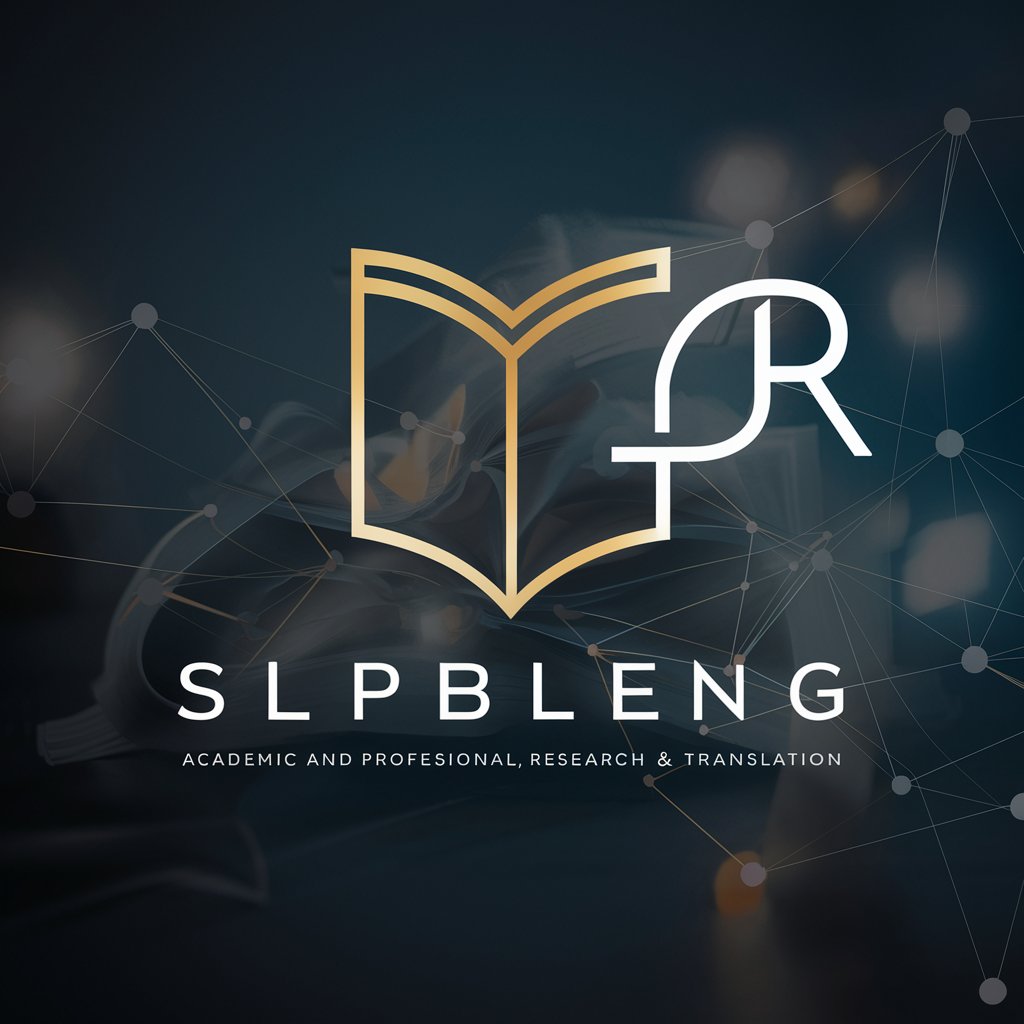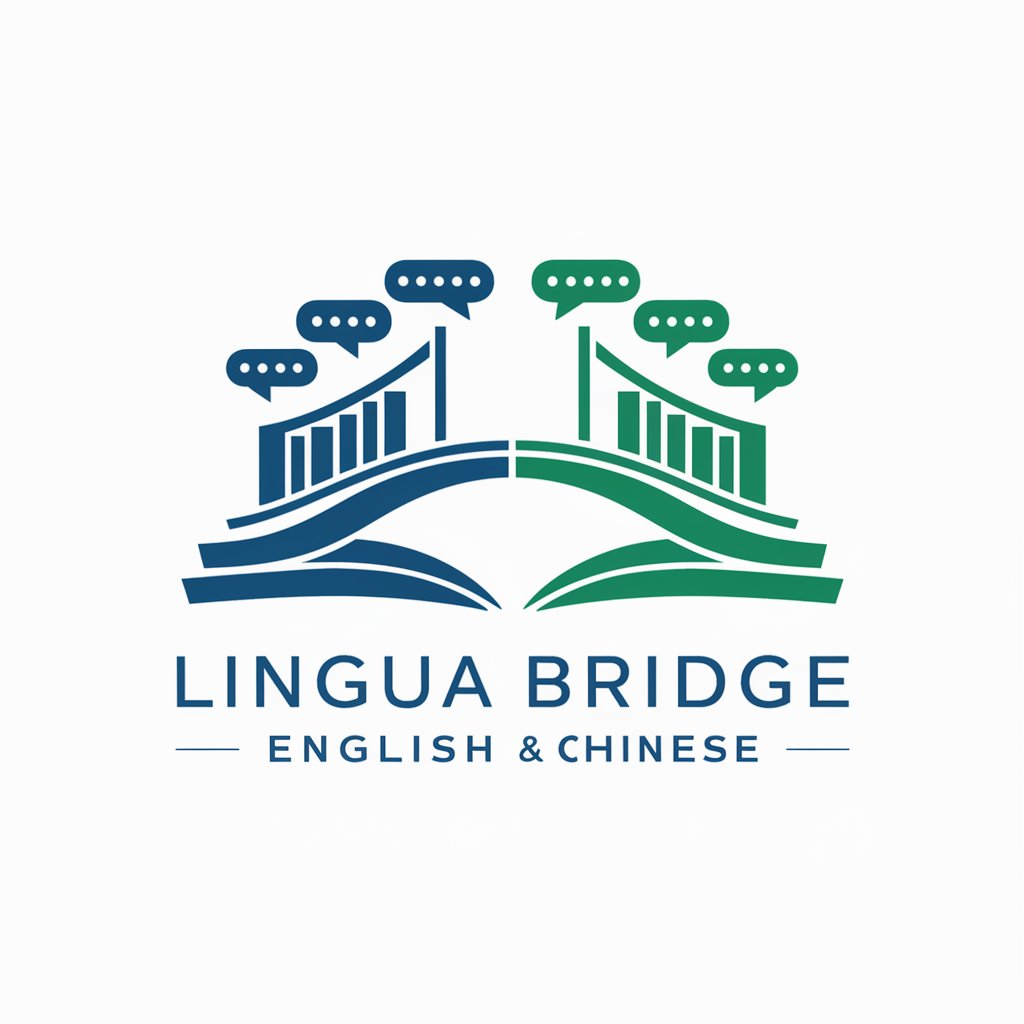8 GPTs for Translation Support Powered by AI for Free of 2025
AI GPTs for Translation Support refer to advanced artificial intelligence models, specifically designed to aid in translation tasks and multilingual communication. These tools, powered by Generative Pre-trained Transformers, excel in understanding, interpreting, and generating text across multiple languages. Their design focuses on providing nuanced, context-aware translations that go beyond literal interpretation, making them invaluable for tasks requiring a deep understanding of language nuances, cultural contexts, and idiomatic expressions. They represent a fusion of language processing capabilities with the specific needs of translation, enabling more efficient, accurate, and seamless translation processes.
Top 8 GPTs for Translation Support are: Academic Translator,英語辞書,日本語でおk,English assistant,Sentence by Sentence Editor,Rosetta Language Expert Assistant,Paper Supervisor,Lingua Bridge
Academic Translator
Empowering Global Academic Communication with AI

英語辞書
AI-powered English dictionary and language assistant

日本語でおk
AI-powered language tool for seamless Japanese writing

English assistant
Empower Your English with AI

Sentence by Sentence Editor
AI-powered Precision in Every Sentence

Rosetta Language Expert Assistant
Empowering language learning with AI

Paper Supervisor
Empowering Research with AI

Lingua Bridge
Enhancing language fluency with AI.

Key Attributes of Translation-Focused AI Tools
AI GPTs for Translation Support boast a range of capabilities unique to the field of translation. These include high adaptability across different languages and dialects, the ability to learn from context for more accurate translations, and support for technical terminologies and specialized vocabularies. They can also perform tasks like language detection, glossary building, and provide translation suggestions in real-time. Special features may include integration with web search for context verification, image-based translation support, and advanced data analysis for language trend insights. Their ability to adapt from simple text translations to handling complex multilingual documents showcases their flexibility and utility in the translation domain.
Who Benefits from Translation AI
AI GPTs for Translation Support are designed for a wide range of users, from individuals seeking assistance with language learning or translation, to professionals and developers in the field of linguistics, translation, and international communication. They offer intuitive interfaces for those without programming skills, while also providing robust APIs and customization options for tech-savvy users and developers. This accessibility ensures that anyone from language enthusiasts to professional translators and multinational corporations can leverage these tools to enhance their translation workflows.
Try Our other AI GPTs tools for Free
Off-Grid Living
Discover how AI GPTs can transform off-grid living with tailored solutions. Enhance your independence with smart tools designed for sustainable lifestyles.
Food Preservation
Discover AI-powered tools tailored for Food Preservation, offering predictive insights, personalized storage advice, and advanced analytics to enhance food safety and sustainability.
Wilderness Skills
Discover how AI GPTs for Wilderness Skills can transform your outdoor adventures with personalized guidance, survival tips, and interactive learning experiences tailored to all skill levels.
Homestead Management
Discover how AI GPTs for Homestead Management can transform your homesteading practices with tailored advice, automation, and intelligent data analysis to enhance sustainability and efficiency.
Productivity Tips
Discover how AI GPTs for Productivity Tips can transform your work and personal tasks into a streamlined, efficient process with tailored AI solutions.
Microservices Strategy
Discover how AI GPTs revolutionize Microservices Strategy with adaptable, intelligent solutions for streamlined development and management.
Expanding Horizons with AI Translation
AI GPTs for Translation Support are not just tools for converting text from one language to another; they are gateways to understanding and engaging with diverse cultures and communities. Their development reflects a move towards more inclusive, accessible, and efficient communication across global boundaries. By integrating these AI tools into various sectors, businesses and individuals can overcome language barriers, fostering better international relationships and unlocking new opportunities in global markets.
Frequently Asked Questions
What exactly are AI GPTs for Translation Support?
They are AI-powered tools designed to assist with translating text between languages, leveraging Generative Pre-trained Transformers to provide context-aware, accurate translations.
How do these AI tools handle different languages and dialects?
Through advanced machine learning algorithms, they can adapt to various languages and dialects, learning from context to improve accuracy over time.
Can non-technical users utilize these translation tools?
Yes, these tools are built with user-friendly interfaces that require no coding knowledge, making them accessible to anyone who needs translation support.
What customization options are available for developers?
Developers can access APIs and programming interfaces to customize the AI's behavior, integrate it into existing systems, or develop new applications tailored to specific translation needs.
Are these AI tools capable of supporting specialized vocabulary?
Yes, they can be trained on specific domains or technical fields to handle specialized vocabulary, making them suitable for professional and academic translations.
How do these tools maintain translation quality?
They continuously learn from new data, user feedback, and corrections to refine their translations, ensuring high quality and relevance.
Can AI GPTs for Translation Support work offline?
While some features may be available offline, the full range of capabilities, especially those requiring real-time data analysis or web search, need an internet connection.
How do these AI models handle idiomatic expressions and cultural nuances?
They use deep learning to understand context and cultural references, allowing them to translate idiomatic expressions and nuances accurately.